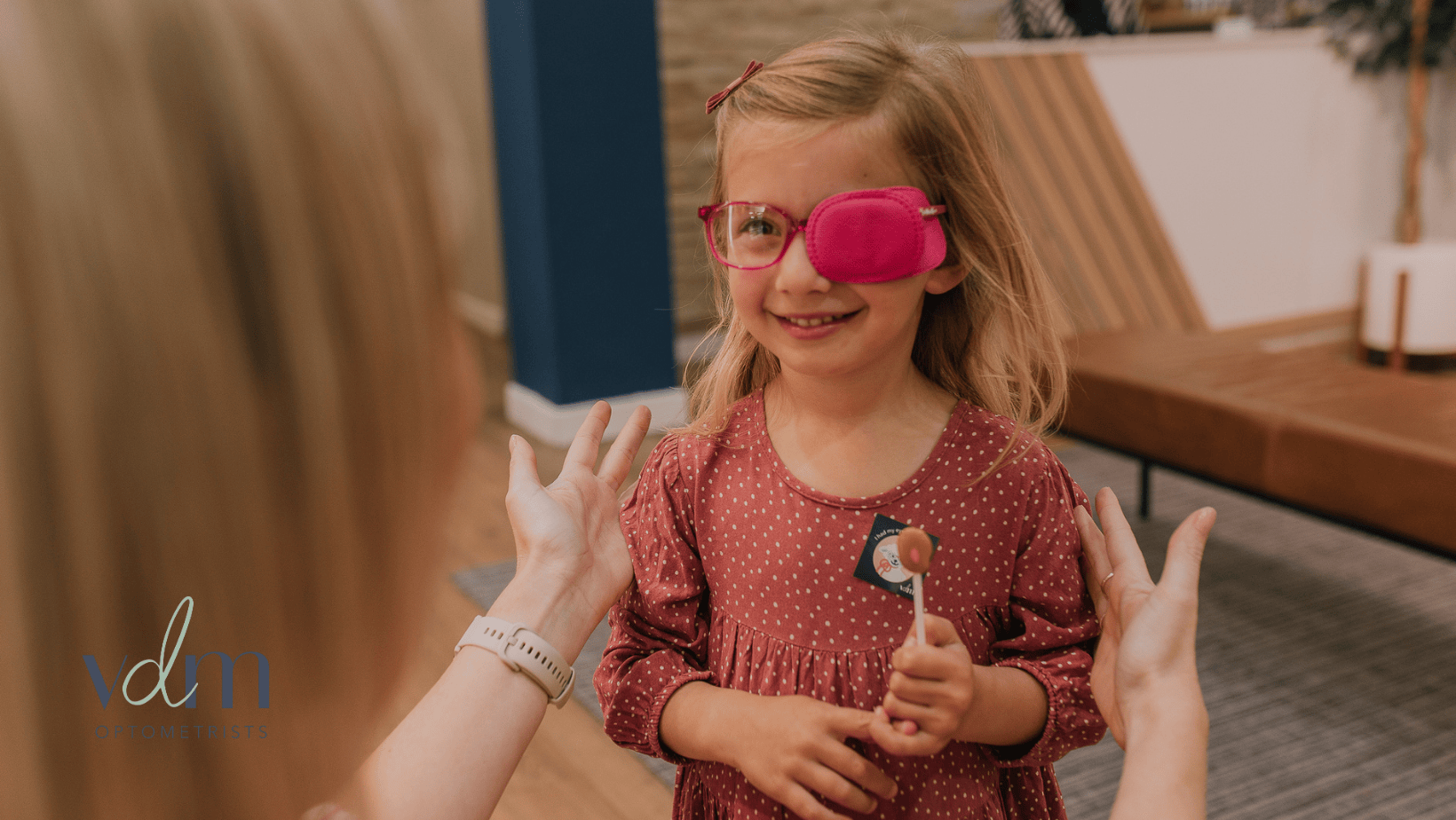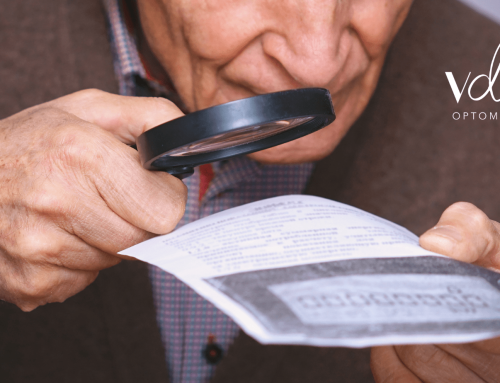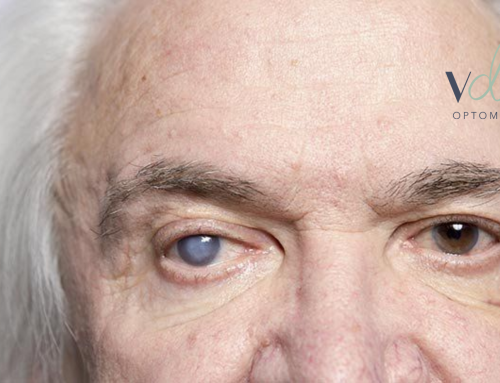Understanding Amblyopia in Children
At VDM Optometrists, our passion lies in providing expert eye care for children, ensuring they have the best possible vision for learning, development, and play. One of the most common, and often misunderstood, vision conditions we see in children is amblyopia, commonly known as lazy eye. Early detection and treatment can make a world of difference, so let’s dive into what amblyopia is, how it affects your child, and what can be done to treat it.
What Is Amblyopia?
Amblyopia is a condition where one eye develops weaker vision than the other, not due to any structural abnormality, but because the brain starts to favour one eye over the other. Over time, the brain may begin to ignore the signals coming from the weaker eye, which can lead to permanent visual impairment if left untreated.
This condition typically develops in early childhood, from birth up to around age 7, when the visual system is still developing. The good news? When caught early, amblyopia is treatable – and in many cases, completely correctable.
What Causes Amblyopia?
Amblyopia can occur due to several underlying issues, including:
• Strabismus (Eye Turn): When one eye turns in or out, the brain may ignore the misaligned eye to avoid seeing double.
• Refractive Errors: If there’s a significant difference in prescription between the two eyes, the brain favours the clearer image.
• Visual Deprivation: Conditions such as a droopy eyelid (ptosis) or cataract can block vision in one eye, affecting development.
Signs of Amblyopia in Children
Here are a few signs that may indicate a vision problem:
• Frequent squinting or closing one eye
• Poor depth perception
• Eye turning inward or outward
• Difficulty with reading or other visual tasks
• Complaints of headaches or eye strain
Because these signs can be subtle, routine eye exams with a paediatric optometrist are essential, even if no symptoms are present.
How Is Amblyopia Treated?
At VDM Optometrists, we take a tailored approach to managing amblyopia, depending on the child’s age, severity, and the underlying cause.
Common treatment methods include:
1. Prescription Glasses
In many cases, correcting the refractive error with glasses alone can significantly improve vision in the weaker eye, especially when started early.
2. Patching
To encourage the brain to use the weaker eye, a patch is worn over the stronger eye for several hours a day. This helps retrain the brain to process signals from the amblyopic eye.
3. Vision Therapy
This involves a customised program of visual activities and exercises to improve coordination, focus, and the brain-eye connection. At VDM Optometrists, we incorporate paediatric-friendly tools to make therapy effective and fun.
Why Early Detection Matters
The earlier amblyopia is diagnosed and treated, the better the outcome. Vision development is most responsive to treatment during the early years of life, but even older children can benefit from intervention if needed.
Book Your Child’s Eye Exam Today
If you have concerns about your child’s vision or it’s been over a year since their last eye test, we’re here to help. At VDM Optometrists, our experienced team has a special interest in paediatric eye care, and we pride ourselves on making kids feel comfortable, safe, and understood.
Give your child the best start in life—with clear, healthy vision.
Book an appointment today or contact us for more information.






